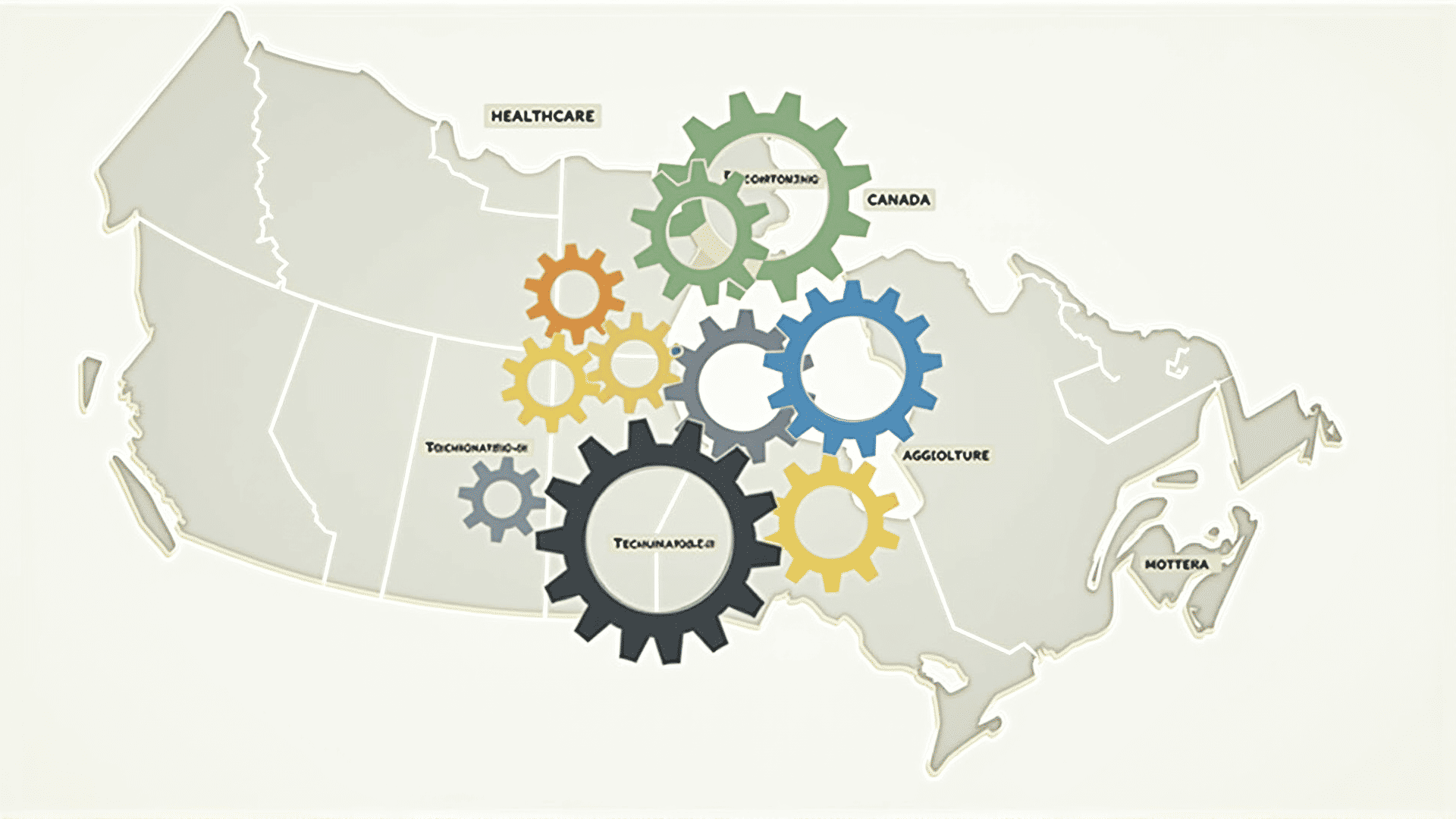Canada's economic system is a complex blend of foundational structures that significantly influence its policy and economic behavior. The following analysis examines the underlying systems that drive the country's economy, primarily focusing on the mixed economic model, the role of governmental intervention, and the influence of market systems.
At the heart of Canada’s economic framework lies a mixed system, which effectively combines elements of both market and command economies. This blend enables a balance between private sector autonomy and strategic government involvement. The government plays an essential role in regulating and guiding the economy to ensure equitable access to resources and opportunities, while private enterprises contribute to dynamic market-driven growth.
Government intervention in Canada manifests through various regulations and policies designed to protect consumers, promote fair trade, and address externalities such as environmental concerns. By setting standards and enforcing compliance, the government can oversee sectors that naturally tend toward monopoly or require stringent safety measures. For instance, industries like telecommunications, utilities, and transportation often witness considerable regulatory oversight to ensure competitive practices and safeguard public interests.
The market component of Canada’s economic system is characterized by free enterprise and property rights, allowing individuals and businesses to freely interact within the market space. This framework encourages innovation, entrepreneurship, and efficiency, driving substantial contributions to national productivity. Additionally, the labor market operates with fluidity, where talent, skills, and occupations can adapt to changing economic demands, ensuring that resources are utilized effectively to foster growth and development.
International trade is another pillar supporting Canada’s economic structure. With an economy deeply intertwined with global markets, particularly through agreements with economic partners such as the United States and European countries, trade remains a critical avenue for economic expansion. Exports of natural resources, technology, and manufactured goods play a vital role in sustaining Canada's economic resilience and global competitiveness.
Moreover, regional economic policies within Canada recognize the diverse needs across provinces and territories. By embracing regional approaches, the national government can support localized industries, such as technology hubs in Ontario or energy sectors in Alberta, enabling tailored strategies that respect the unique economic landscapes across the country.
In conclusion, Canada's economic system is anchored by a mixed model that effectively aligns market freedom with strategic government oversight. These foundational systems not only contribute to shaping Canada’s economic policies but also facilitate comprehensive and sustainable economic behavior that addresses both national and international priorities. Through a thoughtful combination of market mechanisms and governmental guidance, Canada continues to foster an inclusive and innovative economic environment.
